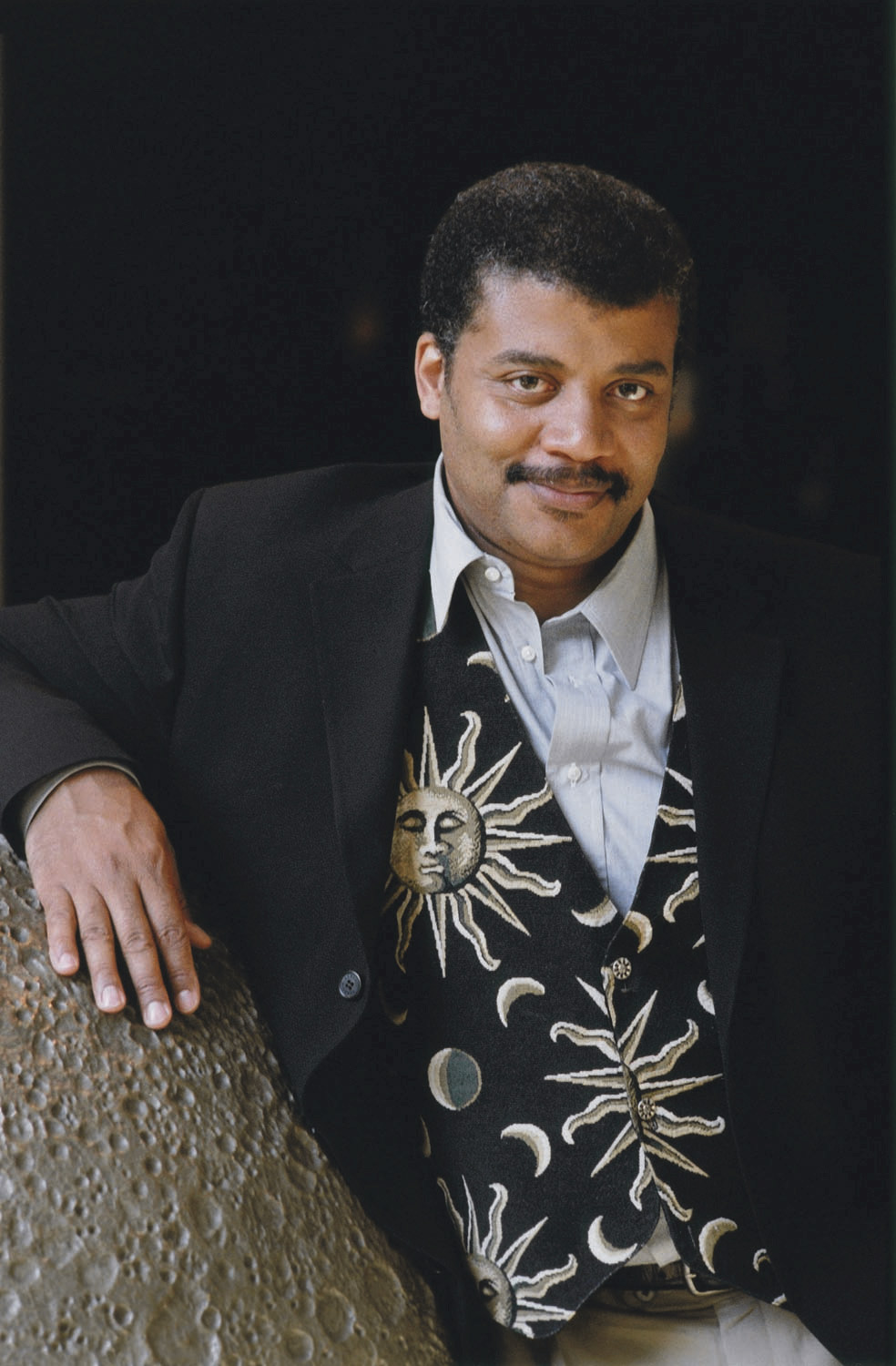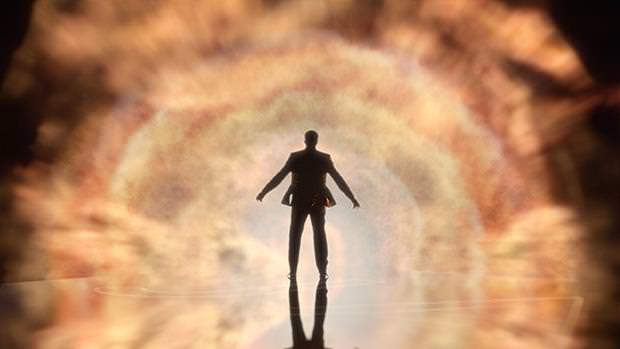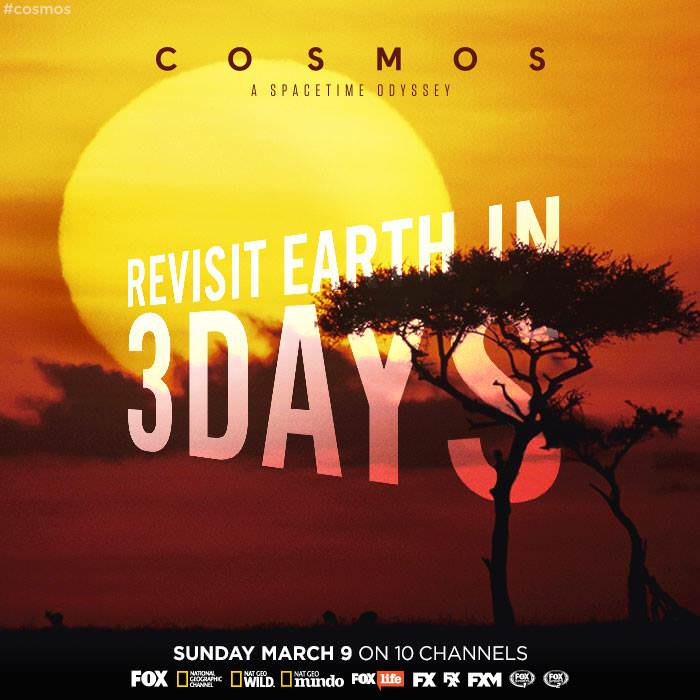Host: Fraser Cain (@fcain)
Guests: Scott Lewis, Morgan Rehnberg, Casey Dreier
Continue reading “Weekly Space Hangout – May 9, 2014: Virtual Universes & Plants for Mars”
Weekly Space Hangout – May 2, 2014: Gas Clouds & Photobombs
Host: Fraser Cain (@fcain)
Guests: Morgan Rehnberg (cosmicchatter.org / @cosmic_chatter), Nancy Atkinson (@Nancy_A)
Continue reading “Weekly Space Hangout – May 2, 2014: Gas Clouds & Photobombs”
Weekly Space Hangout – April 25, 2014: Asteroids, ISS Repairs & an Annular Eclipse
Host: Fraser Cain
Guests: Morgan Rehnberg, Brian Koberlein, David Dickinson, Jason Major
This Week’s Stories:
Morgan Rehnberg (cosmicchatter.org / @cosmic_chatter):
EVA
Cosmos
SpaceX announcements
Brian Koberlein (@briankoberlein, briankoberlein.com):
Meteors are not more likely to hit Earth
Dave Dickinson (@astroguyz, www.astroguyz.com):
Saturn at Opposition
Bizarre Annular Eclipse
Jason Major (@JPMajor, LightsInTheDark.com):
B612 Foundation asteroid announcement
We record the Weekly Space Hangout every Friday at 12:00 pm Pacific / 3:00 pm Eastern. You can watch us live on Google+, Universe Today, or the Universe Today YouTube page.
Weekly Space Hangout – March 28, 2014: Uwingu & New Dwarf Planet News
Host: Fraser Cain
Astrojournalists: Morgan Rehnberg, David Dickinson
Special Guest: Dr. Alan Stern, Principle Investigator of New Horizons, Founder of Uwingu
Continue reading “Weekly Space Hangout – March 28, 2014: Uwingu & New Dwarf Planet News”
Weekly Space Hangout – March 21, 2014: Cosmos & Gravitational Waves!
Host: Fraser Cain
Guests: Matthew Francis, Nicole Gugliucci, Brian Koberlein, Morgan Rehnberg, Mike Simmons
Continue reading “Weekly Space Hangout – March 21, 2014: Cosmos & Gravitational Waves!”
Bill Nye on Taking Astronomy with Carl Sagan
“This is how we know nature. It is the best idea humans have ever come up with.”
– Bill Nye, Science Guy and CEO of The Planetary Society
In this latest video from NOVA’s Secret Life of Scientists and Engineers, science guy Bill Nye talks about the incredible influence that Carl Sagan had on his life, from attending his lectures on astronomy at Cornell University to eventually becoming CEO of The Planetary Society, which was co-founded by Sagan in 1980.
“I took astronomy from Carl Sagan.” Now there’s a statement that’ll get people’s attention. (It got mine, anyway.)
Watch Neil deGrasse Tyson Host ‘Selling Space’ Panel Tonight
Hot off of the popularity of the Cosmos reboot, host Neil deGrasse Tyson is going to host a panel at 7:30 p.m. EDT (11:30 p.m. UTC) tonight about “selling space.” Check it out in the livestream above. Here is the description from the American Museum of Natural History in New York City, which is hosting the event:
From serving NASA’s cargo needs to sending tourists on space vacations to mining asteroids for profit, aerospace engineers could transform space into our backyard. The sold-out 2014 Isaac Asimov Memorial Debate at the American Museum of Natural History will explore the idea of “selling space” with a panel of six entrepreneurs and space historians.
Besides Tyson (who is director of the museum’s Hayden Planetarium), here is who else is participating:
- Wanda M. Austin, President and CEO, The Aerospace Corportation
- Michael Gold, Director of DC Operations and Business Growth, Bigelow Aerospace
- John Logsdon, Professor Emeritus, Space Policy and International Affairs, George Washington University
- Elliot Pulham, Chief Executive Officer, Space Foundation
- Tom Shelley, President, Space Adventures, Ltd.
- Robert Walker, Executive Chairman, Wexler & Walker Public Policy Associates
There are no tickets left for the event, but you can watch it in the livestream above and interact with the hashtag #AsimovDebate.
For more information on Tyson, visit his website. The 13-part Cosmos series is airing every Sunday or Monday in many jurisdictions; check your local listings for more information.
‘Cosmos’ Reboot Starts With a (Big) Bang
With much anticipation from the astronomy and science community, the opening episode of the new and updated version of Carl Sagan’s “Cosmos” series premiered to the masses on television in North America last night. This reboot – this time hosted by astrophysicist Neil de Grasse Tyson — did a wonderful job of paying homage to Sagan while showcasing the grandeur of space, as well as portraying the infinitesimally small amount of time that humanity has existed. Like its original counterpart, the first episode of the series takes viewers on a quick tour of the Solar System and Universe, showing our cosmic “address” as it were, going back to the Big Bang, but also touching on multiverses and a potentially infinite Universe.
As de Grasse Tyson said at the beginning, “from the infinitesimal to the infinite; from the dawn of time to the distant future.”
There were also – seemingly – an infinite number of commercial interruptions. You can watch the episode in its entirety below, without commercials, thankfully. Watching it on television last night was disappointing because of those commercial interruptions – sometimes only a couple of minutes apart — making one wish for the PBS-commercial-free version of the original Cosmos with Sagan.
And I wasn’t the only one feeling those sentiments:
What I miss most from the original 'Cosmos'? No commercials #Cosmos
— Wayne Hale (@waynehale) March 10, 2014
(Yes, I watched the show while keeping an eye on what the Twitterverse had to say about it.)
But airing the series on the Fox Network and its affiliated channels (I watched it on the National Geographic Channel) was a calculated move by the series’ producer Seth MacFarlane to showcase the series and the science to a population that may not otherwise be exposed to science at this “popular” level. And clearly, science and the scientific method gets top billing in this series:
“This adventure is made possible by generations of searchers strictly adhering to a general set of rules: test ideas by experiment and observation … follow the evidence where it leads and question everything,” said Tyson.
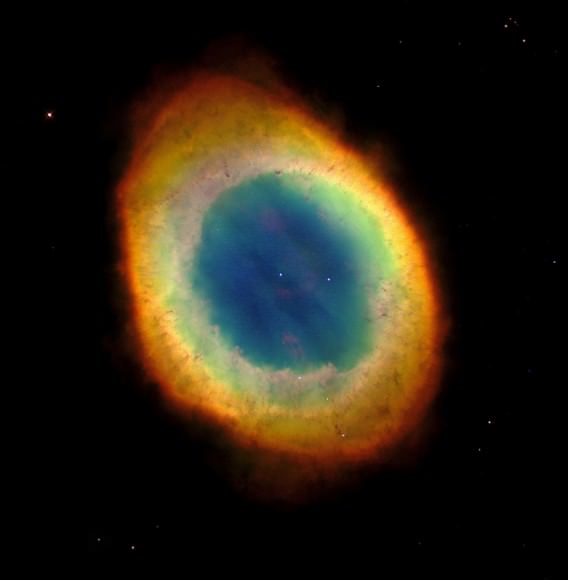
With a combination of real images from telescopes and spacecraft, computer generated imagery and surprisingly watchable animations, most intriguing for me was the “cosmic calendar.” Those who have seen Sagan’s original series will remember his version of the cosmic calendar as a way to conceptualize the age of the Universe, compressing 13.9 billion years down to one year. Tyson’s flashier calendar also showed how January 1 would mark the Big Bang and December 31 would be the present – making each day represent about 40 million years. At this rate, humanity’s entire recorded history only occupies just the last 14 seconds of the year.
But as Tyson noted, science has provided unmatched discoveries during that short span of time: “The scientific method is so powerful that in a mere four centuries, it has taken us from Galileo’s’ first look through the telescope to knowing our place in the Universe.”
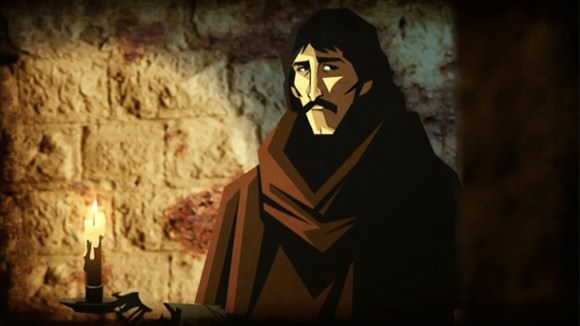
When I heard there were going to be animated sequences of historical events (the original series used actor portrayals) I was disappointed, but the animations in this series premiere surprised me by being quite engaging.
They told the story of Giordano Bruno, the 16th century Italian monk turned astronomer. He had theorized that other planets existed with other lifeforms like ours. In his 1584 book “On the Infinite Universe and Worlds,” Bruno wrote : “… there is a single general space, a single vast immensity which we may freely call Void; in it are innumerable globes like this one on which we live and grow. This space we declare to be infinite… In it are an infinity of worlds of the same kind as our own.”
This was controversial for his time, but even in a church-dominated society, it wasn’t grounds for being declared a heretic. But later Bruno followed his argument to its logical conclusion: if there are an infinity of worlds, and if some worlds have sentient beings created by God, then wouldn’t these planets also need to be saved by God? The notion other Jesuses was not viewed well, and the church convicted him of heresy, and burned him at the stake.
Phil Plait talked more about this today in his review of “Cosmos” and I agree with him that this wasn’t really about showing religion in a bad light, but about making “a bigger point about suppression of thought and the grandeur of freedom of exploration of ideas.”
Other fun moments were when a CGI (but quite realistic) dinosaur fish named a Tiktaalik crawled out of the sea right next to Tyson, depicting the evolution of life on Earth. Most endearing was perhaps Tyson’s claim that “we are ALL descended from astronomers;” how our ancestors depended on the stars to know the change of seasons.
While this series premier was a quick overview, one surprise is that it showed just one theory – and the oldest and perhaps outdated — of how our Moon was formed, by a conglomeration of the same debris that make up Earth. These days it seems the theory of a Mars-sized planetary collision is the most accepted theory.
The show began and ended with the voice and words of Carl Sagan, and Tyson shared his story about his own personal interactions with Sagan. This was a very authentic part of the show, and allowed the torch to be passed from Sagan to Tyson.
If you missed it: Karma. "For Neil Tyson, With all good wishes to a future astronomer" – Carl Sagan pic.twitter.com/BQ2p6RRRys
— Steve Silberman (@stevesilberman) March 10, 2014
And then there was Tyson using Sagan’s famous “we are made star stuff” quote:
“They get so hot that the nuclei of the atoms fuse together deep within them to make the oxygen with breathe, the carbon in our muscles, the calcium in our bones, the iron in our blood,” Tyson said. “You, me, everyone: We are made of star stuff.”
Astronomer thought process: RT @Alex_Parker: S?T?A?R? ?G?U?T?S? S?T?A?R? ?R?E?F?U?S?E? S?T?A?R? ?B?E?L?L?Y?B?U?T?T?O?N? ?L?I?N?T? STAR STUFF
— Nancy Atkinson (@Nancy_A) March 10, 2014
This series premiere was a rousing tribute to science and I am definitely looking forward to more. Here’s hoping this series does what MacFarlane had in mind: get the general public to start talking about science again.
If you are feeling the need for more “Cosmos” you can watch the original series at Hulu Plus, and at the Carl Sagan website, learn more about the legend.
There is “The Seth MacFarlane collection of the Carl Sagan and Ann Druyan archive, 1860-2004” at the Library of Congress. MacFarlene supported this new Carl Sagan archive.
See more at the Cosmos Online website (there’s even an app for it.)
TV Show ‘Cosmos’ Gets An Epic Reboot This Sunday
Sunday is going to be a once-in-a-generation moment. For those of us who were too young to remember the original Cosmos (writer puts hand up) or those who are eager to see the classic 1980 Carl Sagan series updated with discoveries since then, we’re all in luck. A new series starring astronomer Neil deGrasse Tyson is premiering on Fox.
NASA hosted a sneak preview of the series at several NASA centers, and the early reviews on Twitter indicated a heck of a lot of excited people in the audience. In the video above, you can watch the Q&A with the main players after the premiere concluded.
“Watching Cosmos, I saw a Brooklyn-born researcher pull back the curtain on a world of seemingly dense scientific concepts, which, with the flair of P.T. Barnum, he managed to present in ways that made them accessible to those of us lacking a degree in mathematics or physics,” Seth MacFarlane, the executive producer of Cosmos (who is best known for creating Family Guy), said in a statement.
“He was able to make a discussion of the most distant stellar objects suddenly become relevant to our small, day-to-day lives. And he did so with such obvious passion, enthusiasm, and love for the knowledge he imparted that even those who had little interest in science found it impossible not to want to go along for the ride.”
The original Cosmos series premiered in 1980 and won three primetime Emmys. Sagan — who was involved in NASA missions such as the Voyagers — combined his worktime experiences with more meditative thoughts on the cosmos, the role of intelligence and the future of the universe. It’s still easy to purchase the original series, despite its age, so we’re sure Fox is hoping for the same kind of longevity with the reboot.
deGrasse Tyson, for those who don’t know, is the engaging director of the Hayden Planetarium in New York. Like Sagan, he’s a New York City-based popularizer of science who appears regularly on shows that aren’t necessarily science focused — such as The Colbert Report, where he has spoken several times and is often cited as one of Colbert’s most-returning guests, if not the most returning one.
We’ll be eagerly watching the series as it comes out. For more information, you can check out Fox’s website.
Weekly Space Hangout – January 31, 2014: No Black Holes?!?
Host: Fraser Cain
Guests: Brian Koberlein, Morgan Rehnberg, David Dickinson, Jason Major, Nicole Gugliucci
Continue reading “Weekly Space Hangout – January 31, 2014: No Black Holes?!?”

